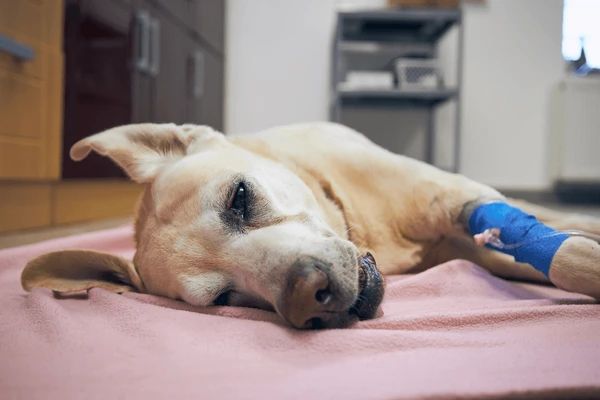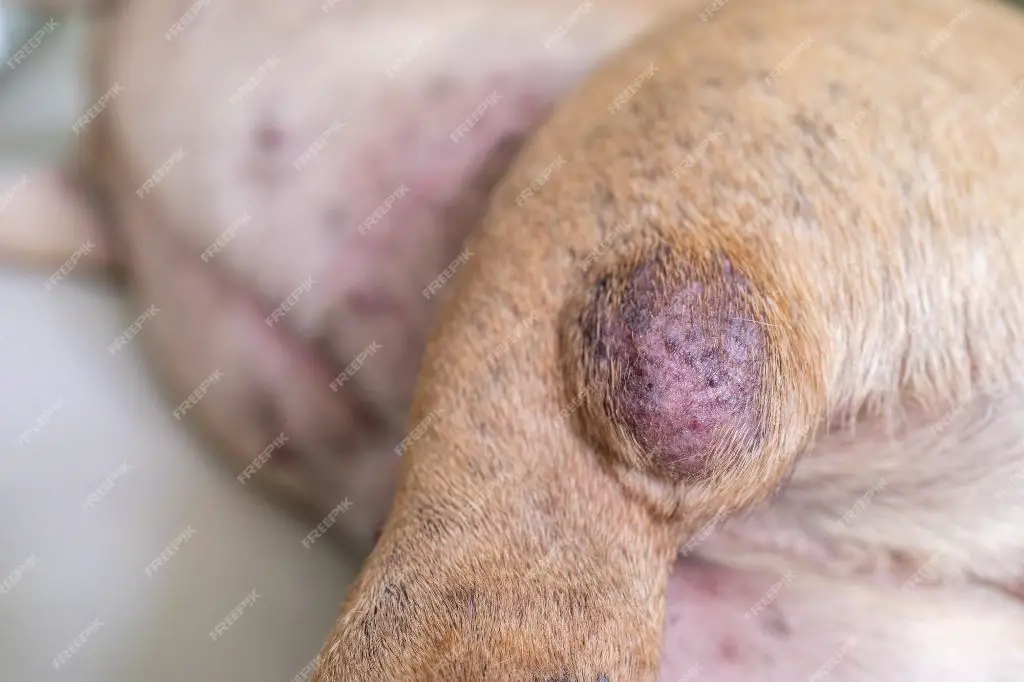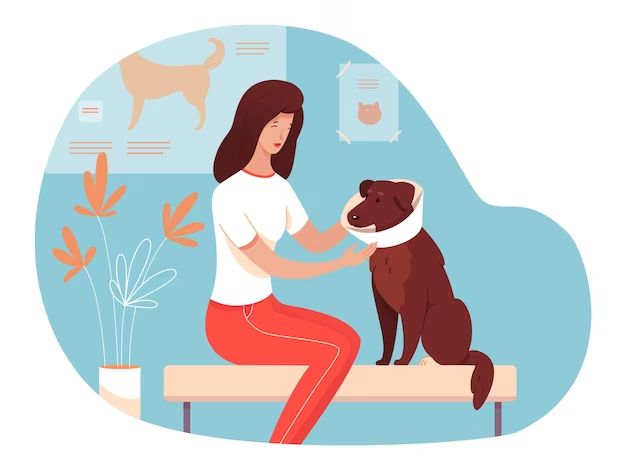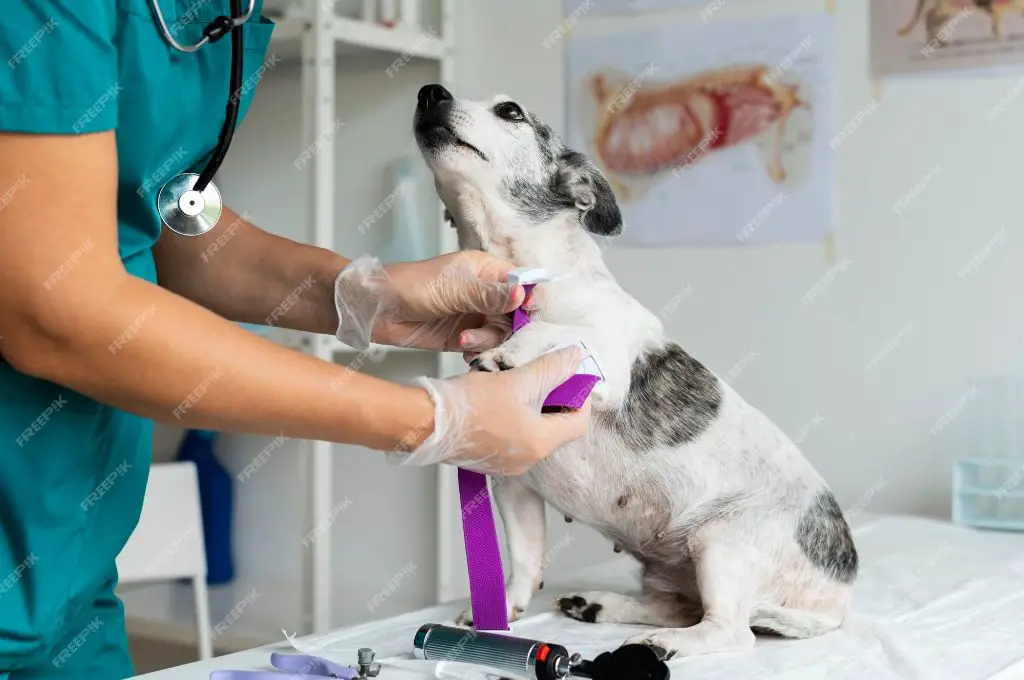Introduction
Incurable cancer in dogs refers to cancers that cannot be cured with current treatment methods. These cancers usually continue to grow and spread despite aggressive treatment approaches. Unfortunately, the rates of incurable cancers in dogs have been rising in recent years.
An incurable cancer diagnosis means that the cancer cannot be eliminated entirely from the body. However, treatment can often still be given to try to slow down the cancer’s growth and spread. This allows dogs with incurable cancers to continue living comfortably for months or even years in some cases.
While an incurable cancer diagnosis is devastating news for any dog owner, it does not mean there is no hope. With treatment focused on quality of life and controlling symptoms, dogs can still enjoy their lives with incurable cancer.
Most Common Incurable Cancers
Three of the most common incurable cancers in dogs are:
- Hemangiosarcoma – This is an aggressive type of cancer that affects the blood vessels and is notoriously difficult to treat. It often occurs in the spleen, liver, or heart.
- Osteosarcoma – This bone cancer most often affects the limbs and is very invasive and malignant. Even with treatment, it will eventually spread to the lungs and other organs.
- Lymphoma – Lymphoma is a cancer of the lymph nodes and lymphatic system. There are different forms, some more treatable than others, but lymphomas tend to be very aggressive in dogs.

While treatment can help prolong life, these cancers are very resistant to traditional therapies like chemotherapy. Sadly, they are ultimately fatal in most dogs diagnosed.
Causes and Risk Factors
There are several factors that may influence a dog’s risk of developing incurable cancer. Genetics play a major role, as some breeds are predisposed to certain cancers. Environmental factors like exposure to toxins, secondhand smoke, radiation, and pesticides may also increase cancer risk. Additionally, as dogs age their risk goes up. Some specific risk factors include:
Genetics
A dog’s genes can make it more prone to certain types of cancer. For example, Boxers are prone to mast cell tumors, Golden Retrievers have high rates of lymphoma and hemangiosarcoma, and Bernese Mountain Dogs often develop histiocytic sarcoma. Selective breeding may concentrate genes that allow for longer lives in purebred dogs, but also increase cancer susceptibility.
Environmental Factors
Carcinogenic toxins like pesticides, herbicides, fertilizers, and secondhand smoke can raise a dog’s risk. Exposure to chemicals, air pollution, radiation, asbestos, and other hazardous substances may also play a role. Additionally, factors like exposure to UV radiation from the sun and viral infections are linked to increased likelihood of incurable cancer.
Age
As dogs grow older, they accumulate more mutations and are exposed to cancer-causing agents for longer periods of time. Age is one of the biggest risk factors, with dogs 10 years and older at the highest risk.
Symptoms
There are several symptoms commonly associated with incurable cancers in dogs. These include:

- Loss of appetite – Dogs with cancer often lose interest in food and may not want to eat as much as usual. A decreased appetite can signal that something is wrong.
- Lethargy – Dogs with cancer tend to have less energy and may sleep more than usual. They may move around less and seem more tired and sluggish.
- Swelling or lumps – Cancers like lymphoma and mast cell tumors can cause swollen lymph nodes or lumps on the skin that continue to grow. Enlarged lymph nodes or abnormal lumps are red flags for cancer.
- Lameness or stiffness – Bone cancer and some mast cell tumors can weaken bones or joints, causing lameness, stiffness, or difficulty moving around.
- Bleeding or discharge – Tumors may rupture or ulcerate, leading to abnormal bleeding or fluid discharge from body openings like the nose, mouth, or rectum.
- Difficulty breathing – Lung tumors or cancers that spread to the lungs can make breathing labored or cause coughing or panting.
- Seizures – Brain cancers can sometimes cause seizures in dogs.
If a dog is exhibiting any of these symptoms, especially in combination or progressively worsening, it is important to see the vet for evaluation and testing, as they may be indicative of incurable cancer.
Diagnosis
Diagnosing incurable cancer in dogs begins with a thorough physical exam by the veterinarian. They will check for any abnormalities or signs of illness. The vet will pay close attention to lymph nodes, looking for any enlargement which could indicate cancer.
Imaging tests are also commonly used to diagnose canine cancers. X-rays, ultrasound, CT scans, and MRI can all help identify tumors or cancerous masses in the body. These imaging tests allow the vet to see inside the dog’s body for a clearer picture of what may be going on.
To confirm a diagnosis of cancer, a biopsy is usually required. This involves taking a sample of the abnormal cells or tumor and examining them under a microscope. A biopsy allows the vet to determine if the cells are cancerous or benign. The biopsy results also provide information about the type of cancer cells present, which helps guide treatment options.
Treatment
Since most incurable cancers in dogs are only treatable to slow the progression and manage symptoms, treatment focuses on improving quality of life through pain management, treating secondary infections, and other supportive care. There are several options available:
- Pain management – Prescription medications like tramadol, gabapentin, or non-steroidal anti-inflammatories (NSAIDs) can help dogs remain comfortable. Some natural supplements may also help.
- Chemotherapy – Chemotherapy drugs may slow cancer growth and prolong life, but usually will not cure it. Vets determine if chemo may help extend quality life.
- Radiation – Radiation kills cancer cells and shrinks tumors. It may be used alone or with chemo to relieve symptoms and prolong life.
- Surgery – Surgery can remove localized tumors or prevent fractures and other issues. But it usually cannot cure advanced, metastatic cancers.
- Holistic options – Some owners use supplements, nutritional therapies, acupuncture, or other complementary treatments alongside conventional medical care.
The goal is maintaining the highest quality of life possible. Vets will create a customized treatment plan based on the type and stage of cancer.
Prognosis
The prognosis for dogs with incurable cancer depends on the type of cancer and how advanced it is when diagnosed. However, incurable cancers generally reduce a dog’s life expectancy significantly.
With treatment, some dogs with incurable cancer can still have a good quality of life for months or even years before the cancer advances. But most dogs will eventually have health complications that impact daily living. Their mobility, energy levels, appetite, and enjoyment of life often decline over time.
Survival times vary greatly based on the cancer type, location, metastases, and response to treatment. For example, dogs with advanced bone cancer may only live 3-6 months after diagnosis even with treatment, while lymphoma patients have a median survival time of 10-14 months with chemotherapy.
Overall, incurable cancers have much lower 1-year and 2-year survival rates compared to curable cancers. But remission is possible in some cases, giving dogs more precious time with their families.
While the prognosis is grim, treating incurable cancer can prolong life and provide comfort. Knowing what to expect helps families prepare emotionally and make the most of their time together.
Living with Incurable Cancer

Coping with a cancer diagnosis that cannot be cured can be extremely challenging emotionally. However, while the cancer itself may not be curable, much can still be done to provide your dog with a good quality of life for as long as possible. Focusing on providing excellent supportive care, managing pain, and preserving mobility and appetite as much as possible are all critical.
Since mobility can become more difficult for dogs with incurable cancer, providing harnesses, ramps, or other assistance devices can greatly improve their quality of life. Wheelchairs or carts may help dogs with hind limb weakness continue to get around and even go on short walks. Keeping your dog at a healthy weight is also important to minimize strain on joints. Providing soft, padded bedding can make them more comfortable when lying down.
Making adjustments to accommodate potential appetite changes or nausea is also important. Small, frequent meals, warming food to enhance aroma, or blending food can make eating easier if your dog experiences appetite issues. Avoiding crunchy kibble and feeding wet or homemade food is often helpful. Keeping fluids up with broths or by supplementing water intake can counteract nausea. Discussing appetite stimulants or anti-nausea medication with your vet is also an option if nutritional support becomes more difficult.
While caring for a dog with incurable cancer takes dedication, focusing on their quality of life each day you have together can make a meaningful difference. Seeking support through pet cancer or hospice organizations can also help you provide the best care possible. Though emotionally difficult, cherishing each day and prioritizing your dog’s comfort can provide them with love and happiness even as their life becomes more limited.
Emotional Impact
Getting a diagnosis of incurable cancer for your beloved canine companion can be emotionally devastating. You may experience profound grief and sadness knowing that your dog’s remaining time is limited. This anticipatory loss is painful – grieving for your dog before they have passed. Spending quality time together becomes bittersweet. You may feel helpless and heartbroken seeing your dog suffer as their health declines. Watching a cherished pet fade away when there’s no cure is agonizing.
As a caretaker for an ill dog, you likely feel overwhelmed and exhausted. The daily care and advocacy required is all-consuming. Simple joys like walks and playtime are replaced by medications, vet visits, and caretaking duties. Guilt may creep in, wondering if you could have somehow prevented the cancer. Anger and sadness may come in waves. This compassion fatigue and caretaker burnout takes a toll. It’s important to practice self-care and share the caretaking load with family or friends when possible.
Don’t hesitate to seek emotional support during this painful period. Connect with other pet owners who understand what you’re going through. Consider bereavement counseling or a pet loss support group. The deep bond with your dog makes their looming loss traumatic. Allow yourself to fully grieve. Find comfort in the joyful memories you shared. Though limited, make the most of your remaining days together. Say everything you want your dog to know. Capture paw prints and photos. Create positive end-of-life experiences. And prepare yourself as best you can for the inevitable heartache of saying goodbye.
Prevention
While a cure for cancer in dogs may not yet exist, there are important steps dog owners can take to prevent cancer or detect it early when it may be more treatable.
Getting your dog screened regularly by a veterinarian is crucial for early detection. Annual vet exams, along with periodic bloodwork, urinalysis, and imaging, can often catch cancer before symptoms appear. For higher risk breeds, screening may be recommended even more frequently.

Reducing exposures to potential carcinogens can also lower your dog’s chances of developing cancer. Things like secondhand smoke, pesticides, asbestos, and air pollution have been linked to cancer in dogs. Making efforts to minimize your dog’s contact with these substances through lifestyle modifications can be beneficial.
Adopting cancer-preventive habits like feeding your dog a nutritious diet, maintaining a healthy weight, exercising regularly, and avoiding excessive sun exposure may also decrease their risk. Giving supplements shown to have anti-cancer effects, like antioxidants, omega-3 fatty acids, and probiotics, can provide further protection.
While incurable cancers in dogs are heartbreaking, focusing on early detection and prevention can help reduce incidence rates and give dogs their best chance of either avoiding cancer altogether or having the highest possibility of survival and quality of life if they do become diagnosed.